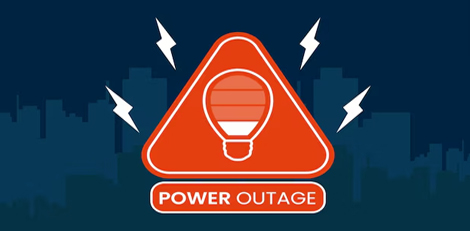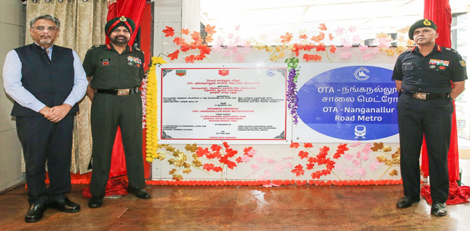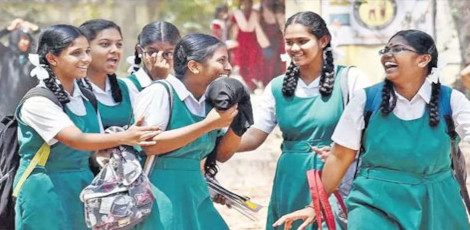Procedures to get an Education Loan
Posted on: 20/Feb/2018 2:43:32 PM

Education in India is dependent on the number of foreign corporate investments and their intake of those graduate groups in the work flow. This kind of industry oriented education has become an unavoidable phase in every students who are into the higher studies after finishing school education. The long term benefits and the effects of this job oriented educational approach are always questionable but then the practical decision of a student to join any of these graduation must be taken into account. It deals with the right to freedom and so selecting the right path to obtain financial aid from the banks is very important for industry oriented studies, mainly Engineering and Medicine in Indian scenario.
Basics of Education loan
For an average a student may have to spend approximately around 10 to 15 lakhs for under graduation in any private engineering colleges. Medical courses range from 40 to 60 lakhs depending on the institution. Although many rural students set a mark by their merit standards the course fees and other expenses for a primary college level is so high that the educational loan is the only option to finish their studies.
Unlike personal loan education loan has certain benefits like lower interest rate and longer grace period to pay off the total principal amount after the student finish his or her studies. Indian Government with the Reserve Bank of India RBI together developed a scheme for Indian students to get an education loans for all courses in and around the country, including foreign studies as well.
Central Scheme to provide Interest subsidy CSIS enables all the sections of the country to apply for an educational loan. The total amount varies from 2 lakhs to 22 lakhs depending on the type of education that is applied for any student.
Advantages
Low interest rate and providing loan for all basic fees including library deposit, travel expenses and accommodation fees.
For developing female education interest rates are much lower for girls applying for any given course.
A time zone of totally seven years as an extension for the repayment of the loan.
Loan Criteria
There must be a co-applicant responsible for the person taking the loan, his or her parents, sibling, guardian or spouse.
Family and income and the documents for the total money required for the course will have to be submitted in the respective banks. Third party guarantor will be required for the loan amount more than four lakhs. A collateral submission is must for the loan amount exceeding 7.5 lakhs.
Interest rates
Interest rates may vary from anywhere in between 12 to 16 percentage but the base lending rate according to RBI is around 9 to 10 percent.
Precautions to take before applying for an educational loan
Before applying for education loan a student must calculate the total net amount he or she is liable to pay back including the interest rate. The job opportunities available for the particular education has to be considered before taking the course as their UG or PG, as it may decide their future on applying for loan. The bank that is c chosen for applying loan has to be properly verified about its credibility and the sensible interest rate. If the bank is charging more than the RBI guidelines it has to be reported immediately and a student must never take a risk in taking loans from the concerned bank.
Even though a grace period of 5 to 7 years is provided for the repayment, a student must consider the total monthly revenue they are going to obtain for repaying their loans after their studies and plan accordingly. Finishing off the repayment soon after the studies will lower the total amount spent for the education.
Collecting the proper quotation and documents are very important to maintain the financial flow correctly.
For some loans bank may ask for mandatory insurance policy saving the loan for the future. But opting for an insurance is always a safe method, it may help you in times of unemployment to pay the interest on the grace period.







